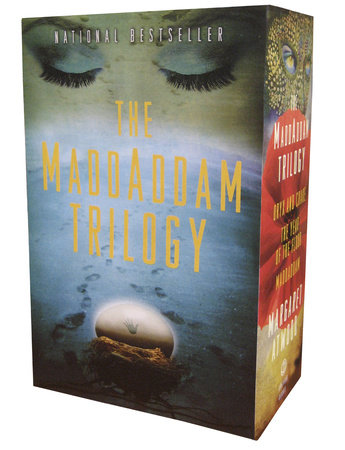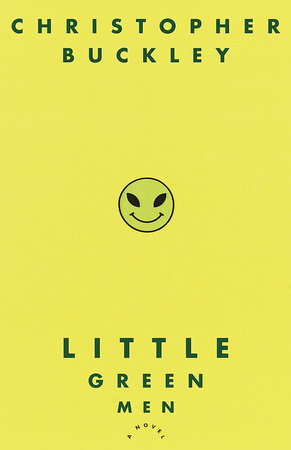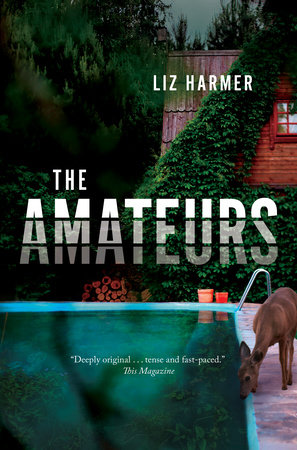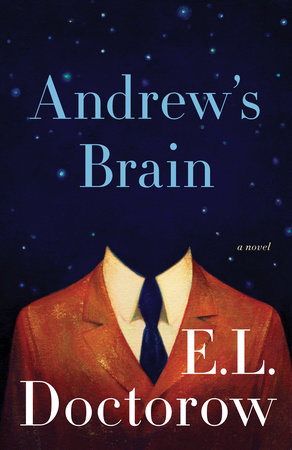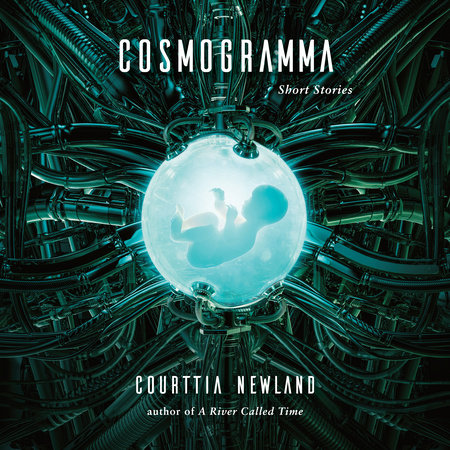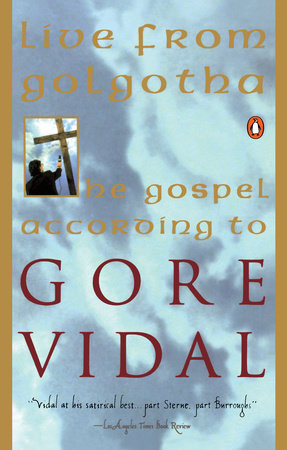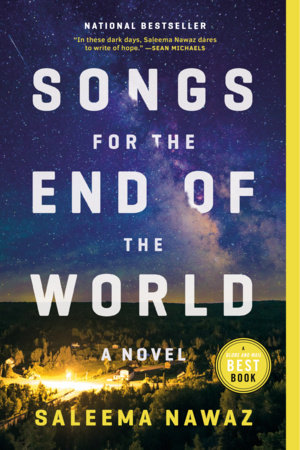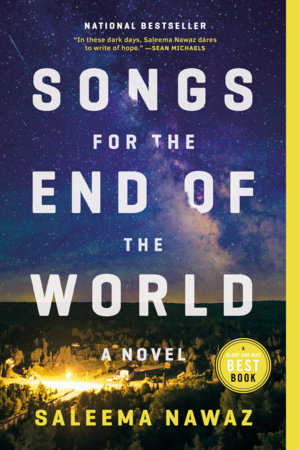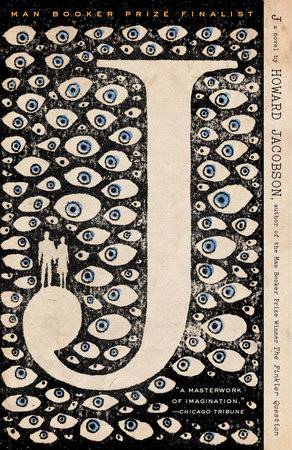Author Q&A
An Interview with Author Saleema Nawaz
This interview with Saleema Nawaz was conducted on March 18, 2020. One week earlier, on March 11, the World Health Organization announced that the outbreak of COVID-19 could be characterized as a pandemic, and on March 13, the United States declared a national emergency, following similar announcements throughout Asia and Europe. Subsequently, several Canadian provinces also declared a state of emergency.
What inspired you to write this novel? What were some of the key questions you wanted to explore?
The idea began with characters I’d created for a few short stories I’d written and a plan I developed for bringing them together against the backdrop of a crisis that would test them in different ways.
Some of the thematic questions surfaced over the course of writing and editing the manuscript: What do we owe to ourselves and to one another—and does that change if the other person is a family member, a friend, or a stranger? How much do intentions matter if it is our actions in the world that have real effects on other people? And does a crisis bring out the worst in people, or the best?
Another practical issue I was exploring was what it would be like to live at a time when normal life was shifting to accommodate the new realities of an emerging pandemic. When would we start to let go of our regular routines, and how soon would a new normal take over? What would that feel like?
What kind of research did you do for the book, and what was the process of doing that research like? Were there any specific real-life epidemics that you used as models for the ARAMIS pandemic in your book?
I had the initial idea for the novel in late 2012, and I researched, wrote, and revised the manuscript between 2013 and 2019. I knew I had a certain amount of creative flexibility with a made-up illness, but I wanted ARAMIS, my fictional virus, to serve not only my own dramatic purposes, but also to conform to how diseases behave in reality and, ideally, to remain consistent throughout the book.
So I spent a lot of time on sites like PubMed and The Lancet, reading epidemiology papers and learning about agent-based modelling (computer simulations that can help us understand and predict complex human interactions, such as the spread of an infectious disease), generation time, and the basic reproductive number, as well as non-pharmaceutical intervention (NPI) methods like quarantine and contact tracing.
I read estimates of the disease burden on the U.S. of an avian flu pandemic, with and without different types of intervention strategies. I studied the CDC guidelines around community mitigation and read the emergency preparedness plans of many different cities in North America. I also read papers on the ethical and legal considerations of preparing for pandemics, given the limited supply of medical resources.
In particular, I spent time considering the kind of epidemic curve that could fit the five-month timeline I’d established and still remain plausible with the kind of social-distancing measures that have been put in place in different locations over the course of the novel.
To that end, I also studied the history of the Spanish Flu of 1918–1920, including disease modelling based on reported deaths in Europe as well as the city-by-city responses and outcomes across the United States. I read about genetic resistance to HIV and malaria, and ongoing research into genetic resistance to other diseases, such as Hepatitis C. I also read a lot about SARS, especially after I decided that the virus in the book would be a novel coronavirus, and I studied the public health literature that came out in the wake of that crisis. As outbreaks such as Ebola and MERS-CoV emerged over the long period I was writing the novel, I followed them closely to pick up examples of containment strategies, media coverage, and overall global response.
There has been a long tradition of plague narratives in film and literature. How do you see your novel fitting into this tradition? How do you think it stands out?
One idea I wanted to explore from the beginning was how the stories we tell can influence our behaviour in the real world, for better or for worse. It seemed to me that some of the disaster tropes of Hollywood and dystopian fiction could compound unrest in a population already being primed for fear by the 24-hour news cycle and by politicians stoking divisiveness.
Pandemics are a time of great upheaval and uncertainty, and we often turn to stories for guidance when the world frightens us. But most of the pandemic narratives we have are far from comforting! With my novel, I wasn’t consciously thinking about writing into or against the tradition so much as exploring that legacy.
Some readers have said that the novel is actually an optimistic take on disaster, and I think that may be true. I consciously tried to ground it in reality, so it isn’t a novel of extremes. It is scaled to the personal, to this particular group of characters and the choices that they face.
How would you respond to the fact that your novel has been called prescient for its depiction of how a pandemic would affect our lives?
There’s a reason that we have always had and will continue to have plague narratives—it is an age-old challenge for our species that is not going away. Epidemiologists have long warned us that it was just a matter of time before the world would face the challenge of another serious pandemic, so in that sense, the novel isn’t especially prescient.
If the depictions of life during a pandemic seem accurate, it may be a reflection of the substantial research I carried out while writing and editing the book. But as events continue to unfold, I have no expectations that reality will hew all that closely to events in the novel. Truth is usually stranger than fiction, and it certainly feels very strange at the current moment.
How has writing this book influenced how you feel about the spectre of global pandemics and how we as a society might respond to them?
I think it is important for people to trust the science and for that information to be widely available. We need greater transparency, clear communication, and increased trust in public health authorities and among global partners. International cooperation is key. We may need to isolate at home, but it is not a time for isolationism. We need to come together in solidarity.
As a society, we are more connected than ever, which has serious implications for current and future pandemics. But that interconnectedness also suggests myriad ways in which we can face challenges and support one another, whether that ends up being neighbour to neighbour or country to country.
Your novel situates the ARAMIS outbreak alongside some of the major challenges of our times, including climate change and economic inequality. What was the thinking behind this?
Every crisis has a way of exacerbating existing problems, and some of us are more vulnerable than others to any kind of upheaval or instability. I think it’s difficult to write a novel grounded in reality that doesn’t at least acknowledge those challenges.
One of the book’s main characters is a novelist who has to deal with the unexpected blurring of fact and fiction after his pandemic novel begins to have eerie similarities to the epidemic that strikes in your novel. What has that experience been like for you, knowing that your novel will be coming out into a world where COVID-19 exists?
A book’s release always feels a little bit surreal, as characters and stories that were once just figments of your imagination go out into the world, where you hope they will take on a life of their own in the minds of readers. But with a real pandemic going on, it does feel uncanny to find myself living through some of the same situations that I’d imagined for my characters and facing similar dilemmas.
I know, however, that I am not alone in finding the current moment odd and unsettling—most of us probably feel this way. The seriousness of our current reality makes it much easier to keep the normal uneasiness about a book’s release in perspective. That is the secret and surprising bonus of living through a time of disaster: it can strip away extraneous concerns and help you focus on what is truly important.
What do you hope readers will take away from reading your novel?
I don’t like to be prescriptive when it comes to readers, but I do hope that these characters can become real for a little while and that the book, like any novel, might provide a moment of respite, insight, or hope.



